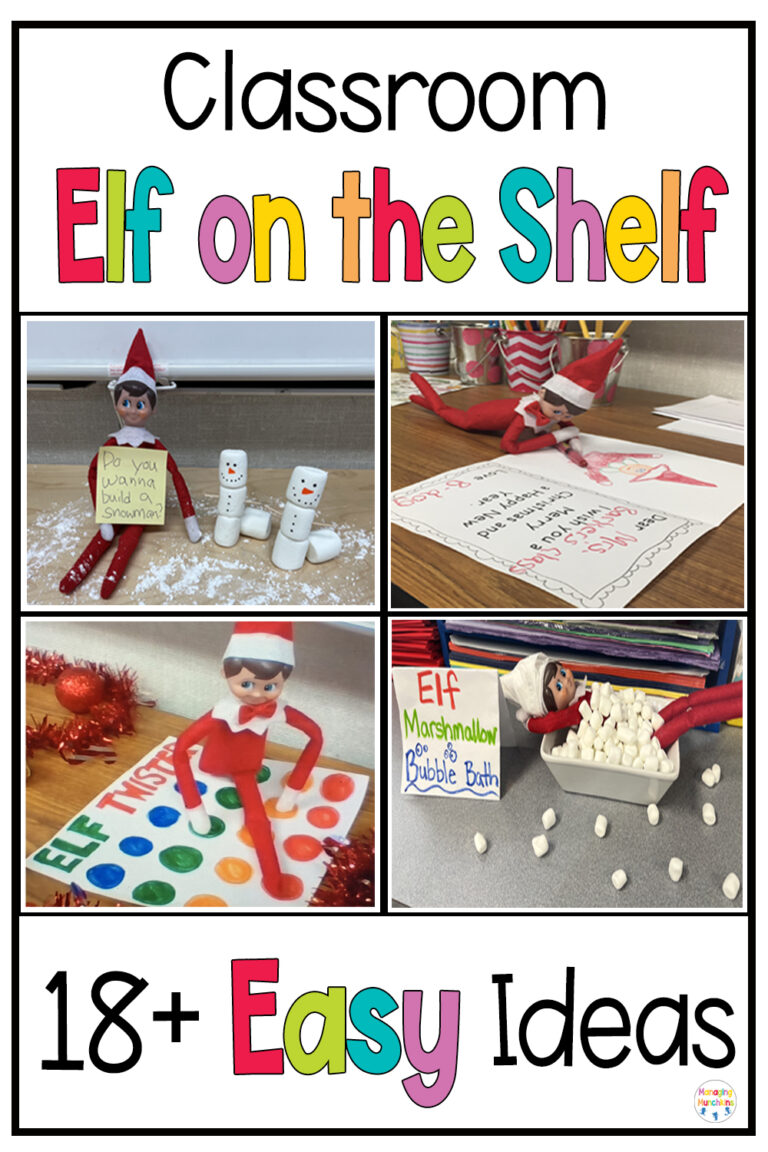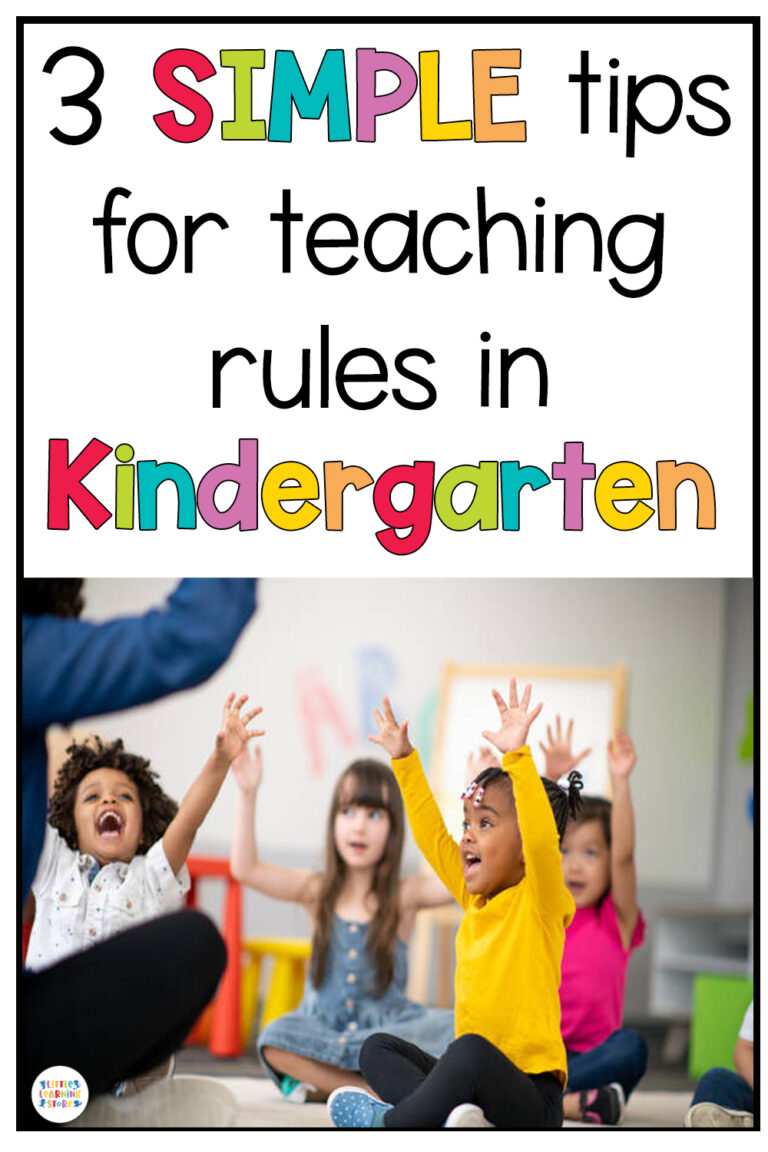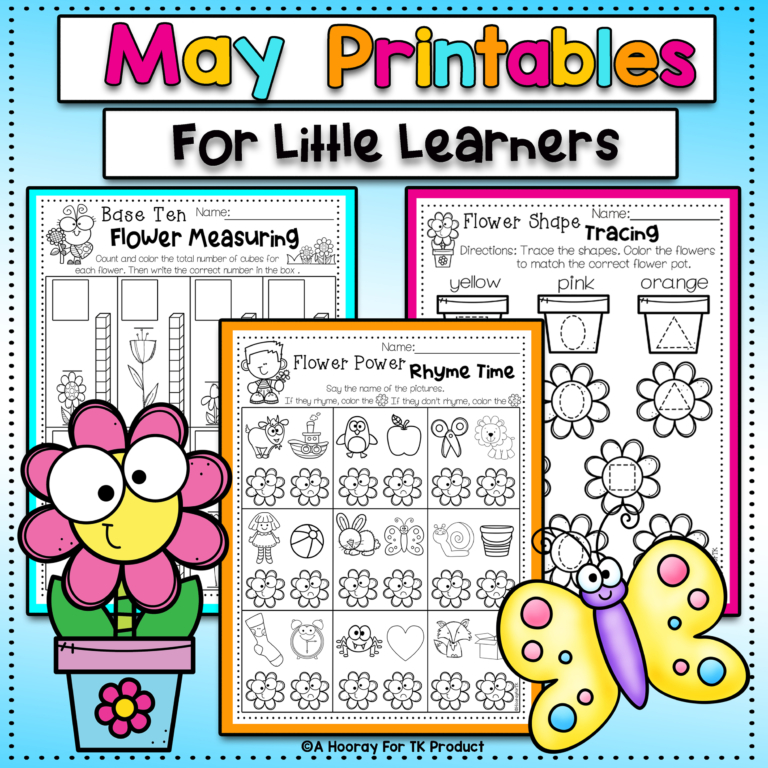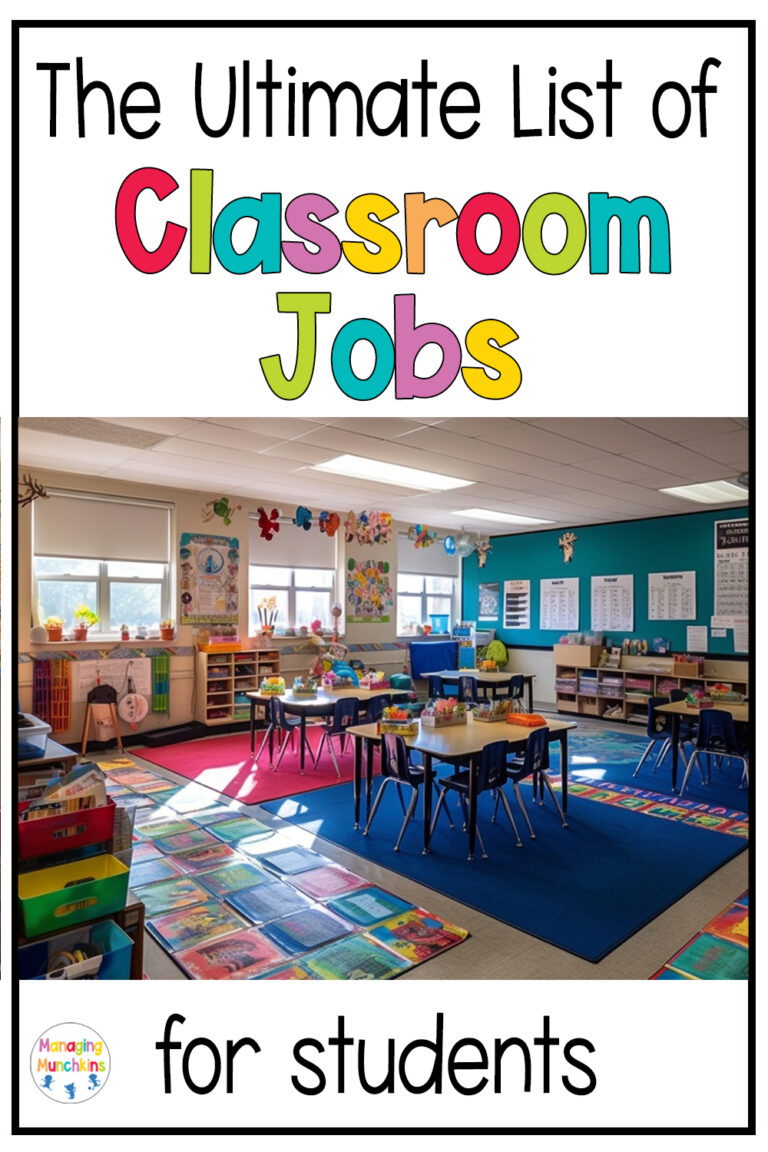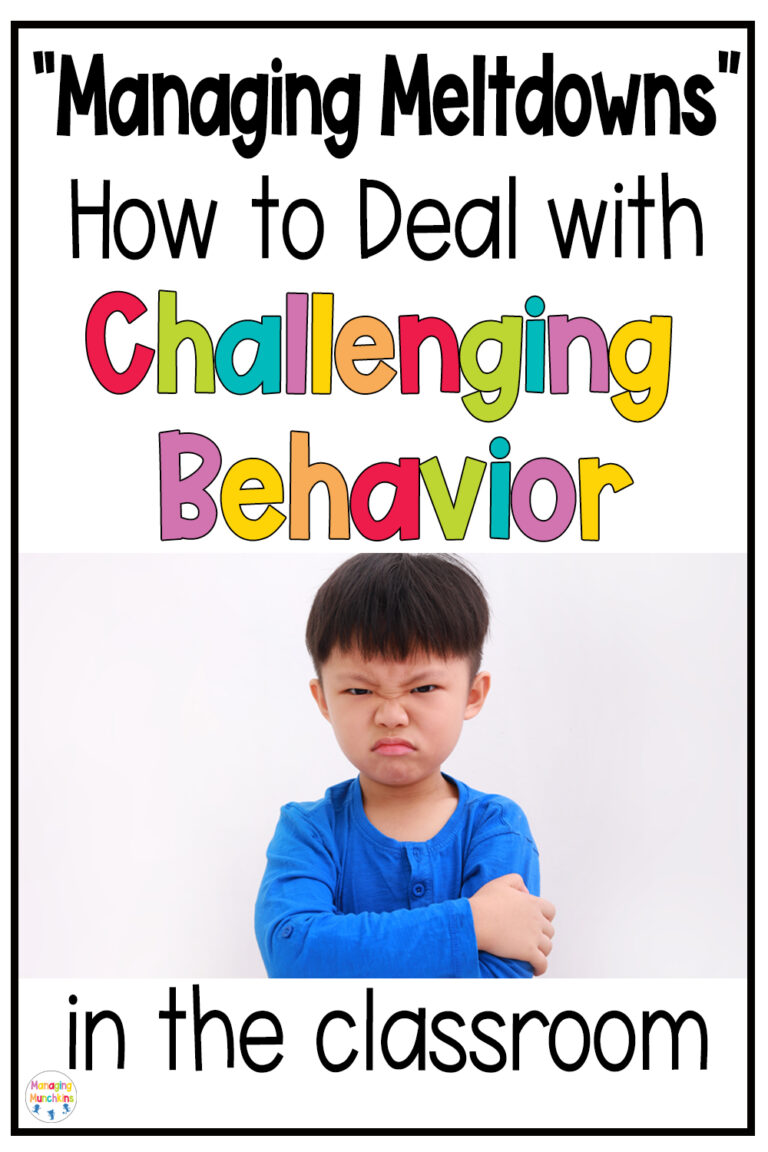The Best Empathy Activities for Kids in the Kindergarten Classroom
After engaging in the empathy activities I’m about to share, your students will enhance their ability to regulate emotions, leading to improved behavior in the classroom. I’m Katherine Barker, and today I’ll discuss teaching empathy to students, along with several activities to implement immediately.
What is Empathy?
Empathy involves experiencing someone else’s emotions, stepping into their shoes to comprehend their feelings and internal experiences. This skill is crucial for building connections, aiding emotional regulation, and fostering helpful behaviors. When students grasp empathy, they’re less prone to bullying, form friendships more easily, and become open to receiving assistance from others. Empathy, a complex ability, requires consistent teaching and reinforcement.
To instill empathy in students, incorporate daily discussions, point out instances of empathy, and make it a prominent aspect of your classroom. Now, let’s delve into activities that can kickstart empathy education in your classroom.
The Best Empathy Activities for Kindergarten
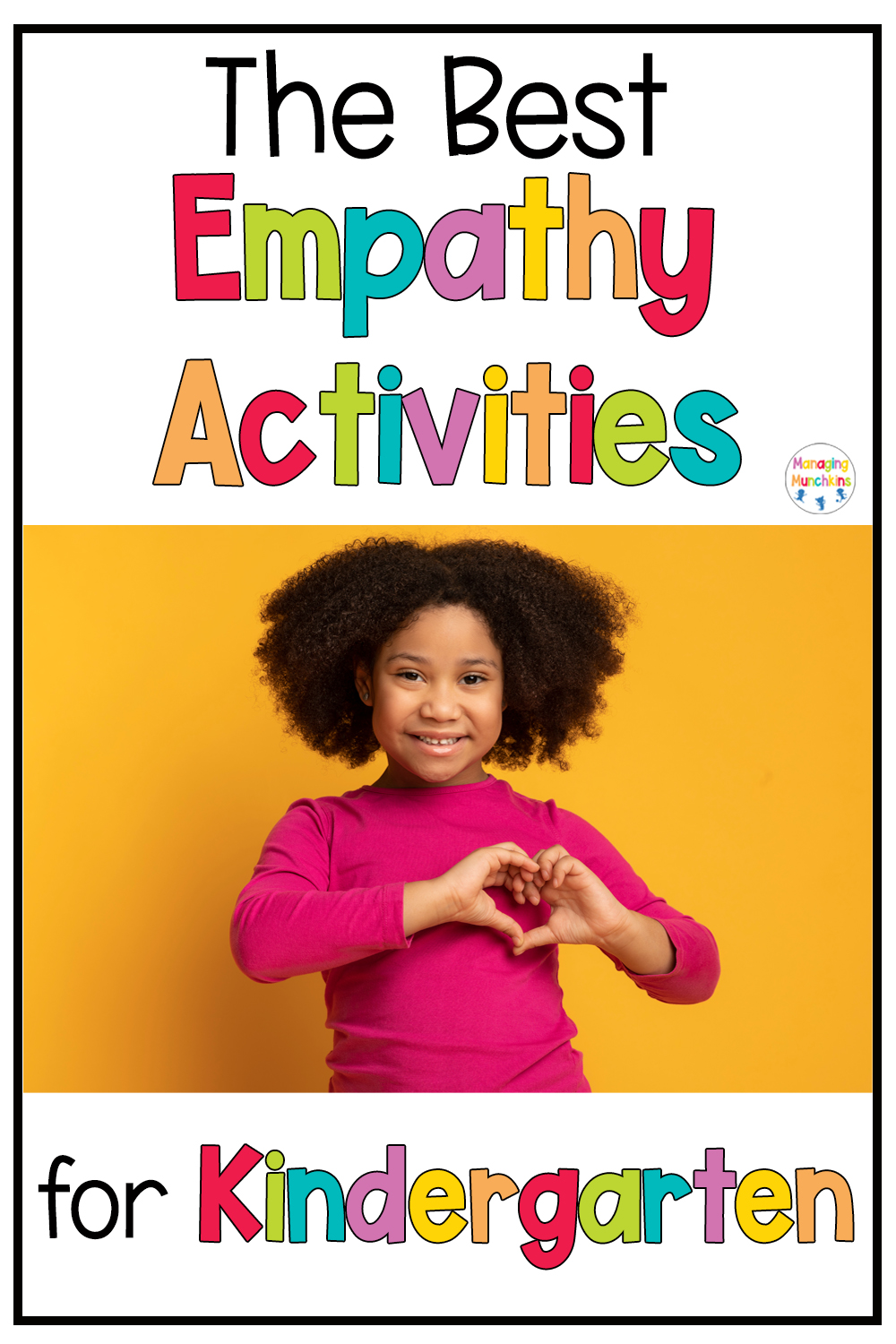
Empathy Activity #1: Read Alouds
Commencing with a captivating story is a great approach. “We’re All Wonders” is a tale about a unique child navigating societal perceptions. “Be Kind” follows a girl contemplating acts of kindness after an embarrassing incident, emphasizing the power of empathy. “The Rabbit Listened” illustrates that sometimes just listening can be more impactful than any other action.
Empathy Activity #2: Students Learn their Own Emotions
Moving on, encourage students to identify their own emotions. This step is crucial because understanding one’s emotions is a prerequisite for empathizing with others. Use emotion cards to discuss and demonstrate various feelings. Engage in daily check-ins, asking students to express their emotions and use Play-Doh mats to create facial expressions corresponding to different emotions.
Empathy Activity #3: Role-Playing and Pretend Play
The third key element involves role-playing and pretend play. These activities tap into children’s natural inclination for pretending and acting out scenarios. Through role-playing, students gain insights into others’ perspectives and learn the importance of kindness. Scenarios such as a lonely student at recess, someone getting hurt, or collaborating on building a tower provide practical situations for teaching empathy.
Final Thoughts on Empathy Activities for Kids
In summary, the process begins with a story, followed by helping students recognize their emotions and engaging them in role-playing activities. These strategies contribute to the overarching goal of cultivating empathy in students. For more insights on creating a classroom environment centered on kindness, check out my video on kindness. If you found this content helpful, please like and subscribe. Until next time, happy teaching!

